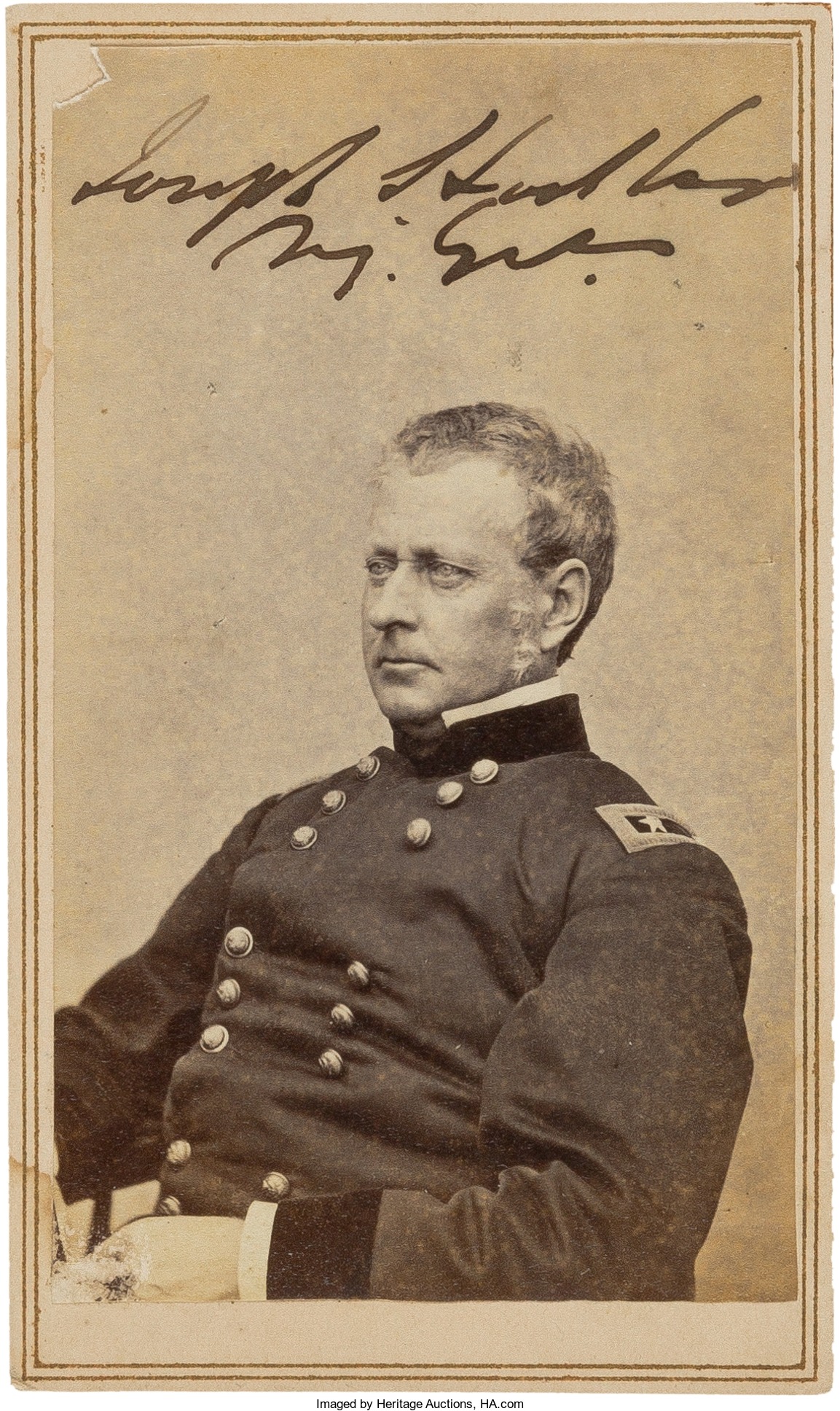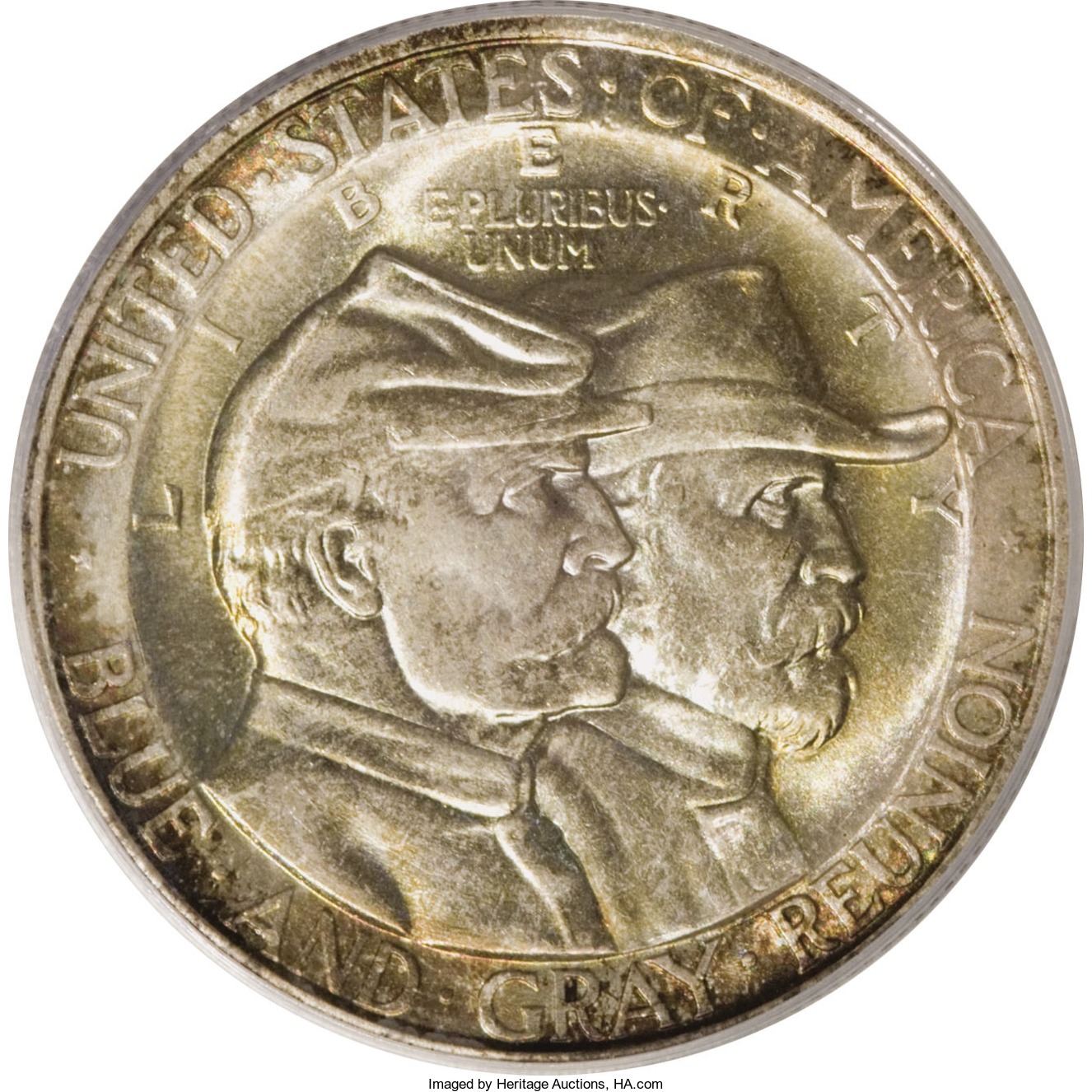
By Jim O’Neal
In May 1863, General Robert E. Lee and his nimble Confederate Army of Northern Virginia defeated the Union Army at the Battle of Chancellorsville. The North’s Army of the Potomac was twice the size of Lee’s forces and led by General “Fighting Joe” Hooker. This stunning defeat would result in President Lincoln replacing Hooker just before the pivotal Battle of Gettysburg.
At Chancellorsville, Lee lost his most trusted general, Thomas Jonathon “Stonewall” Jackson, when Confederate pickets accidentally shot him. He survived the initial wound, but died eight days later of pneumonia. In one of life’s little ironies, Jackson also had an arm amputated. General Lee always complained that he (Lee) had “lost his right arm” when Jackson died.
The supremely confident Lee then turned north to replenish rapidly dwindling supplies and further undermine Union morale. Another convincing victory would surely accelerate the growing anti-war sentiment and erode Lincoln’s declining support. What actually followed was the Battle of Gettysburg, the most famous battle in the entire Civil War.
The battle started on July 1, 1863, with Lee intent on inflicting severe damage to the Union Army. Had he been successful, it is highly likely that the war would have ended much differently. However, after two days of fighting, it was clear that the outcome was in doubt and Lee’s invincibility was at risk since attacks on both Union flanks had failed.
In an act of uncharacteristic desperation, Lee ordered an all-out assault on the middle, with a massive artillery bombardment followed by an attack using nine infantry brigades totaling 12,500 men. Major General George Pickett was one of three Confederate generals who led the assault and “Pickett’s Charge” is now commonly called the “High-water Mark of the Confederacy.” It turned out to be a crushing defeat and the Southern forces never fully recovered.
General Lee, who had turned down an offer to head Union forces, whose ancestors included two signers of the Declaration of Independence, and was himself the son of a Revolutionary War hero, had led the entire Army of Northern Virginia to an open-field defeat in a high-risk gamble that failed spectacularly.
Gettysburg, the bloodiest battle in American history and one to spawn the most enduring controversies, would be Lee’s last offensive operation in the Civil War.
 Intelligent Collector blogger JIM O’NEAL is an avid collector and history buff. He is president and CEO of Frito-Lay International [retired] and earlier served as chairman and CEO of PepsiCo Restaurants International [KFC Pizza Hut and Taco Bell].
Intelligent Collector blogger JIM O’NEAL is an avid collector and history buff. He is president and CEO of Frito-Lay International [retired] and earlier served as chairman and CEO of PepsiCo Restaurants International [KFC Pizza Hut and Taco Bell].

